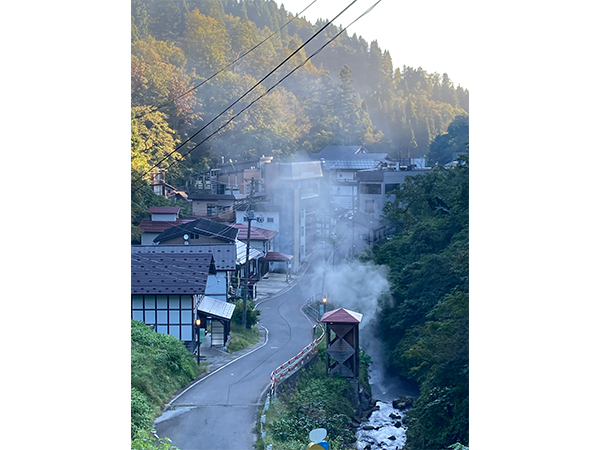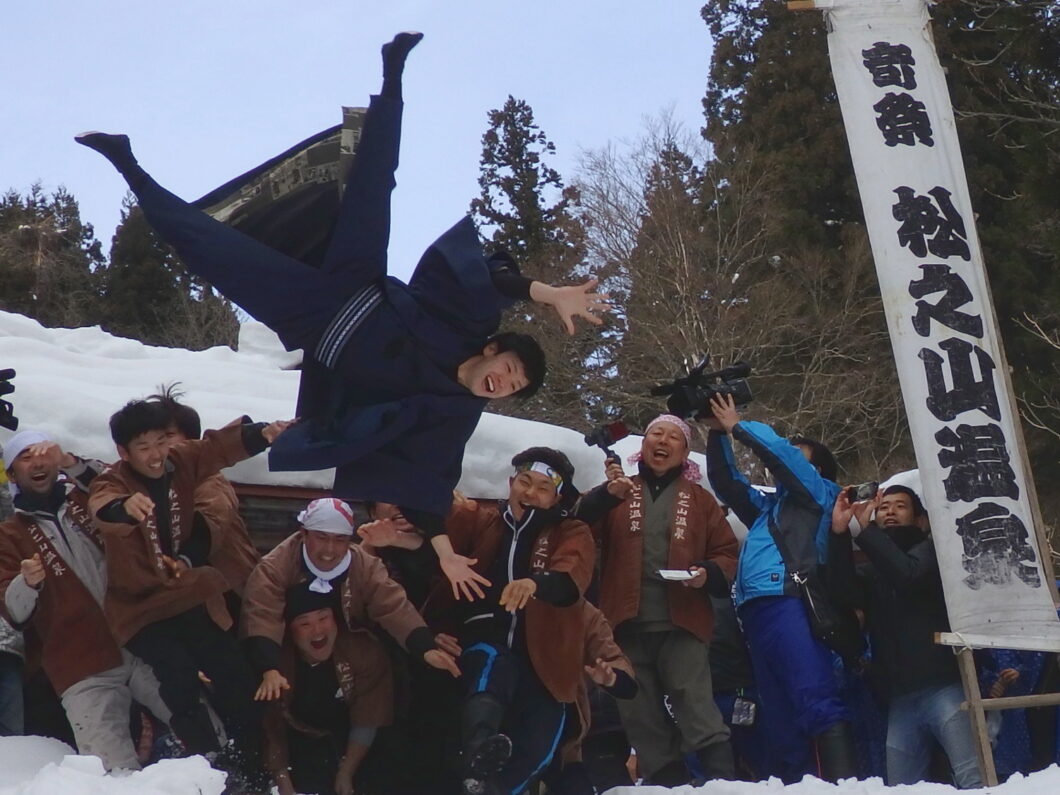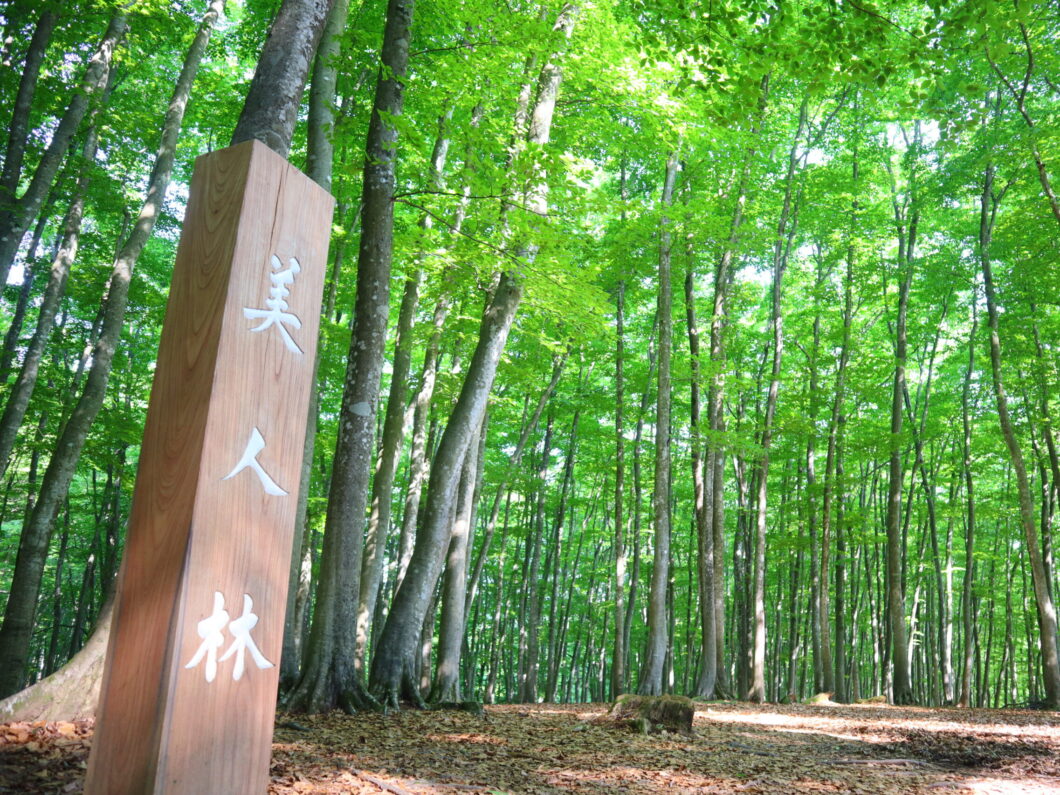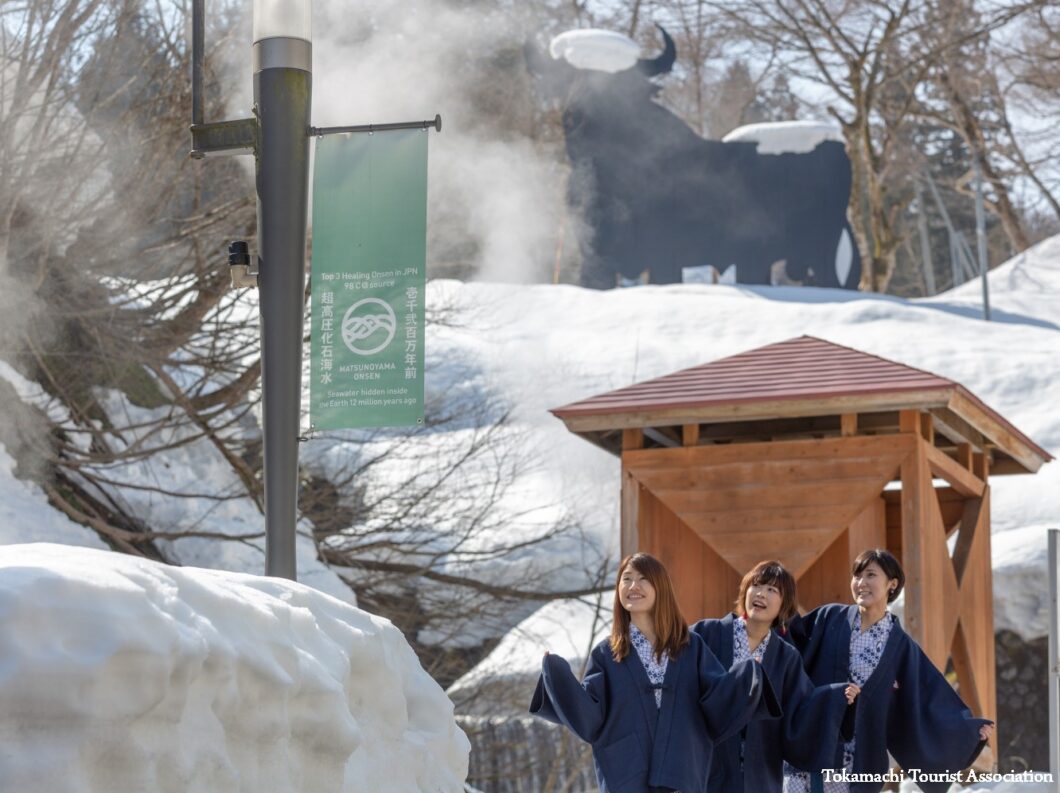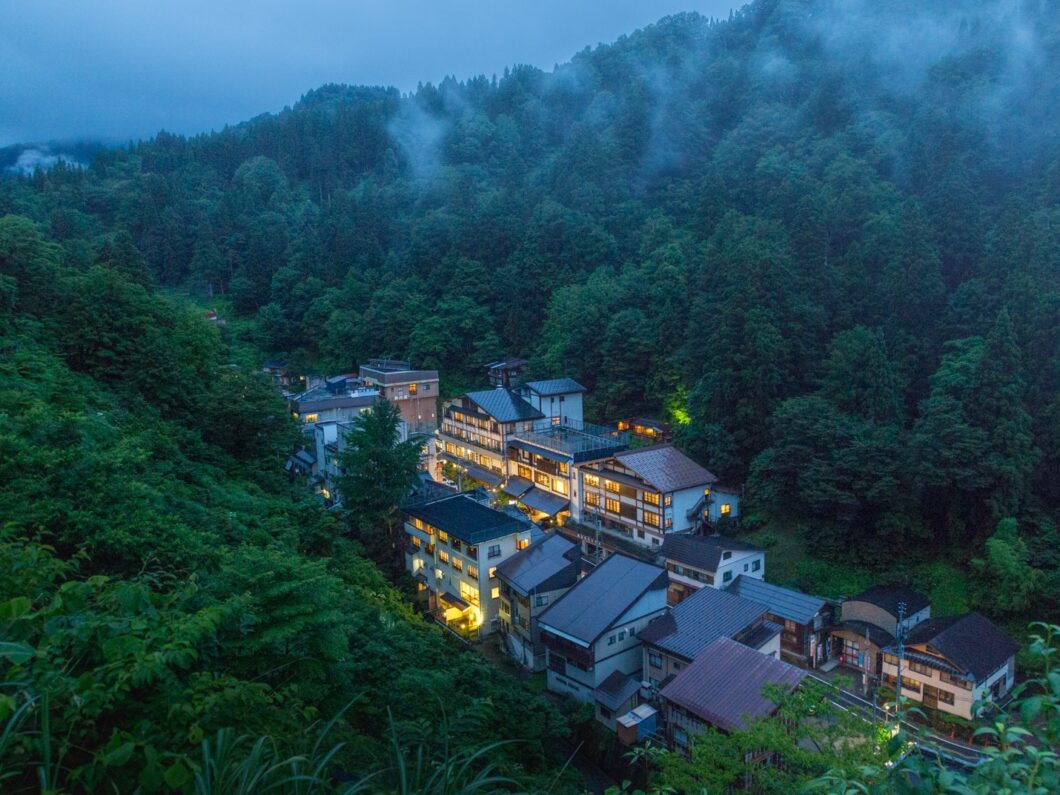Featured
[Part 7] Is Matsunoyama Onsen a place where wild hawks can rest? What is the appeal of the hot springs?
Matsunoyama Onsen (Tokamachi City, Niigata Prefecture) is a place where Satoyama culture, nurtured by the rich forests, water, and hot springs, thrives. Nine hot spring inns have become "carriers of environmental conservation and culture" and are promoting the development of the area under the slogan "sustainable eco-village." Taking advantage of the power of tourism and exchange, they are working on various initiatives to preserve the traditional events, scenery, and food culture that have been handed down in the area for generations for the next generation.
The hot springs are a long-standing therapeutic hot spring resort, and legend has it that they were discovered 700-800 years ago by a lumberjack who saw a wounded hawk landing in the same place every day. It is one of Japan's three great medicinal hot springs, along with Kusatsu and Arima, and is a "fossil seawater hot spring" where seawater trapped underground for over 10 million years springs up. The spring quality is a chloride spring, and it is said to have high sterilizing and warming effects. In addition to hot spring inns, you can experience it at the public bath "Takano-yu," so it is also recommended to stop by during your trip.
Along with the blessings of the hot springs, another traditional event that is cherished locally is the Little New Year's event of "Muko-nage and Sumuri."
"Muko-nage" is a ritual held every year on January 15th, in which people carry their sons-in-law, who were married the previous year, and throw them down a snowy slope from the grounds of Yakushido. "Suminuri" involves people smearing each other's faces with a mixture of ash and snow while saying "congratulations." It's a somewhat rough and unusual festival in a region with heavy snowfall, but it is imbued with prayers for health and prosperity in the family business.
Nowadays, tourists, including foreigners, come to see the festival, and recruitment for participants is also conducted from the general public, but the traditions are cherished so as not to lose sight of the essence of the local festival. How about visiting during the festival?
Furthermore, the area is also focusing on preserving the Satoyama landscape. The forest that spreads across the hills was completely cut down to make charcoal at the end of the Taisho era, but the following spring, they sprouted all at once and became a forest of about 3,000 beech trees. Due to the beauty of the trees, they have been dubbed the "Beauty Forest" and are perfect for a stroll.
Every year around Tanabata season, Bijinrin holds an outdoor dining event where chefs from hot spring inns and famous chefs with ties to Matsunoyama Onsen show off their skills, serving dishes themed around the nature and food culture of the satoyama area.
The Echigo-Tsumari Art Triennale, which displays contemporary art in the landscape of Satoyama, is a major event held once every three years in the Echigo-Tsumari region, including Matsunoyama Onsen. At Matsunoyama Onsen, the 2018 exhibit, Black Symbol by Spanish artist Santiago Sierra, is still on display and has become a popular spot. The motif of the work is the black bull statue of Osborne, a long-established Spanish sherry company. The work has apparently led to exchanges on the theme of Spain and sherry.
The Echigo-Tsumari Art Triennale will be held in 2024! It will open on July 13th and run until November 10th, so art fans should definitely check it out.
【basic information】
・Address: Matsunoyama, Tokamachi City, Niigata Prefecture ・Website (Tokamachi City Tourism Association): https://www.tokamachishikankou.jp/spot/motsunoyamaonsengou/

